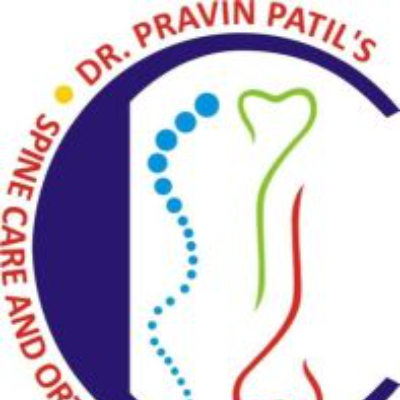+918048053745

This is your website preview.
Currently it only shows your basic business info. Start adding relevant business details such as description, images and products or services to gain your customers attention by using Boost 360 android app / iOS App / web portal.
Joint Replacement - Total knee replacement & Total hip replacement
Description
Joint replacement surgery, also known as arthroplasty, involves replacing a damaged joint with a prosthesis (artificial joint). This procedure is commonly performed on the hip and knee but can also be done on other joints such as the shoulder, elbow, ankle, and fingers. Here’s an overview of joint replacement surgery: ### Indications for Joint Replacement: - *Severe Osteoarthritis*: The most common reason for joint replacement, characterized by the breakdown of cartilage leading to pain, swelling, and stiffness. - *Rheumatoid Arthritis*: An autoimmune condition causing chronic inflammation and joint damage. - *Post-Traumatic Arthritis*: Arthritis resulting from a previous injury. - *Avascular Necrosis*: Death of bone tissue due to lack of blood supply. - *Congenital Conditions*: Joint deformities present at birth. - *Failed Conservative Treatments*: When medications, physical therapy, and other treatments fail to alleviate symptoms. ### Types of Joint Replacement: 1. *Hip Replacement*: Replacement of the hip joint with a prosthetic implant. 2. *Knee Replacement*: Replacement of the knee joint with artificial components. 3. *Shoulder Replacement*: Replacement of the shoulder joint, often used to treat severe arthritis or fractures. 4. *Elbow Replacement*: Replacement of the elbow joint, less common but used for severe arthritis or complex fractures. 5. *Ankle Replacement*: Replacement of the ankle joint, used for severe arthritis. 6. *Finger/Thumb Joint Replacement*: Replacement of small joints in the fingers or thumb, typically for severe arthritis. ### The Procedure: - *Pre-Surgery*: - *Evaluation*: Includes medical history, physical exam, imaging tests (X-rays, MRI, CT scans). - *Preparation*: May include preoperative physical therapy, medications, and instructions on diet and lifestyle modifications. - *Discussion*: Risks, benefits, and the expected outcome of the surgery. - *Surgery*: - *Anesthesia*: General or regional anesthesia. - *Procedure Duration*: Varies depending on the joint being replaced but typically ranges from 1 to 2 hours. - *Surgical Approach*: Removal of the damaged joint surfaces and replacement with prosthetic components made of metal, ceramic, or plastic. - *Post-Surgery*: - *Hospital Stay*: Duration depends on the type of joint replaced and the patient’s overall health, usually ranging from a few days to a week. - *Pain Management*: Includes medications and possibly nerve blocks. - *Rehabilitation*: Physical therapy is crucial for recovery, focusing on restoring movement and strength. ### Recovery: - *Initial Recovery*: Involves pain management, wound care, and beginning physical therapy. - *Rehabilitation*: Ongoing physical therapy to regain strength, flexibility, and function. This can last several weeks to months. - *Long-Term Recovery*: Most patients can resume normal activities, but high-impact activities may be limited. Full recovery can take up to a year. ### Risks and Complications: - *Infection*: Risk of infection at the surgical site. - *Blood Clots*: Risk of deep vein thrombosis (DVT) or pulmonary embolism. - *Implant Issues*: Loosening, wear, or dislocation of the prosthesis. - *Nerve or Blood Vessel Damage*: Potential but rare complication. - *Persistent Pain*: Some patients may experience ongoing pain. - *Stiffness*: Limited range of motion post-surgery. ### Outcomes: - *Pain Relief*: Significant reduction or elimination of joint pain. - *Improved Function*: Enhanced ability to perform daily activities. - *Prosthesis Longevity*: Modern joint replacements can last 15-20 years or longer, depending on activity levels and overall health. ### Lifestyle Adjustments Post-Surgery: - *Regular Exercise*: Low-impact activities like walking, swimming, and cycling are recommended. - *Weight Management*: Maintaining a healthy weight to reduce stress on the new joint. - *Avoid High-Impact Activities*: Activities like running or jumping should be avoided to prolong the life of the prosthesis. Joint replacement surgery can significantly improve the quality of life for individuals with severe joint pain and disability. It's essential to work closely with your healthcare provider to understand the procedure, manage expectations, and follow postoperative care and rehabilitation guidelines diligently.

